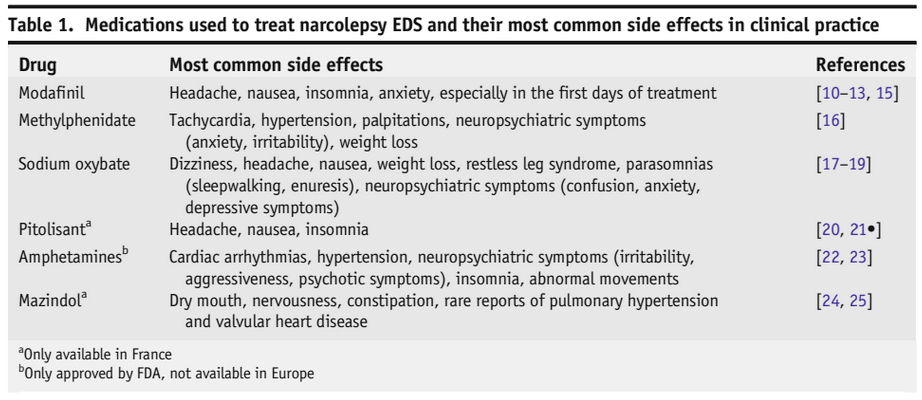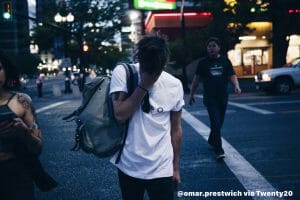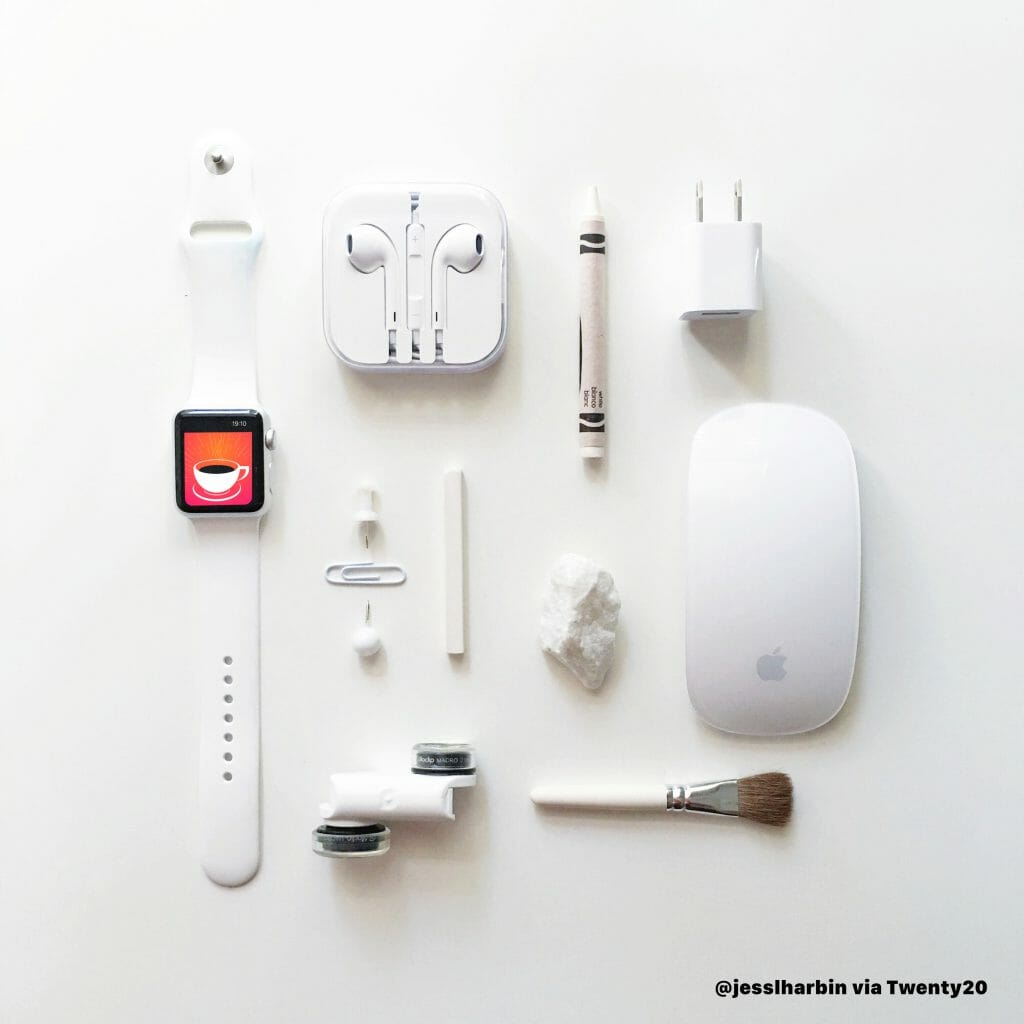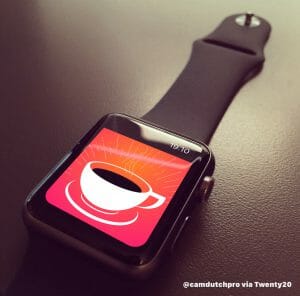World Narcolepsy Day
World Narcolepsy Day
Spread the word about World Narcolepsy Day, #WorldNarcolepsyDay
I am writing this as it is World Narcolepsy day (September 22nd, 2019). This is the first of hopefully many public awareness campaigns to inform the public at large about narcolepsy and its affects on individuals, their families and society.
People generally have little or no understanding of narcolepsy and so many people don’t even realise that they are suffering from the condition, whilst others are misdiagnosed. The aim of the event is to reverse the current state of affairs and heighten awareness of narcolepsy.
- What Is Narcolepsy
- What Are The Common Signs of Narcolepsy
- Practical Steps to Help Relieve The Symptoms
- Review
- What Next

What Is Narcolepsy
Narcolepsy comes in two types, Narcolepsy type 1 (NT1) and type 2 (NT2), which are neurological diseases. Type 1 Narcolepsy (which used to be called Narcolepsy with cataplexy), is a persistent or long lasting disease whose effects can worsen as time progresses.
The causes of Narcolepsy type 1 are still not confirmed but there are links to genetics, in particular to the loss of hypothalamic neurones that produce neuropeptides orexin-A and orexin-B. However, it has been found that the reduced production orexin-A and -B (also know as hypocretin-1 and -2) doesn’t necessarily lead to the onset of Narcolepsy. NT1 currently affects between 2 to 4 million people worldwide.
Ohayon MM, Priest RG, Zulley J, Smime S, Paiva T. Prevalence of narcolepsy symptomatology and diagnosis in the European general population. Neurology. 2002;58:1826-33.
Narcolepsy type 2 has no known cause.
What Are The Common Signs of Narcolepsy
Both types of Narcolepsy share the same symptoms. They can gradually begin to show up in sufferers’ day to day lives, but can also seem to appear suddenly.
The list of symptoms include:
- Daytime sleepiness, in many cases this can be quite severe, which has been ongoing for at least 3 months
- Difficulty focussing and staying awake at work or whilst studying or when sitting or standing still.
- Sudden emotionally triggered episodes of muscle weakness accompanied by either full or partial collapse (cataplexy).
- Dreamlike hallucinations whilst awake.
- Fragmented sleep.
- Can have a tendency to gain excess weight.
- Depression.
Due to other sleep disorders having similar symptoms, individuals may not recognise that they are sufferers and be misdiagnosed. One key factor that may be able to distinguish narcolepsy from other sleep disorders is that commonly with other disorders, most don’t feel refreshed and rested after waking up in the morning; but most people with narcolepsy generally feel alert after waking up.
Scammell, T. (2015). Narcolepsy. The New England Journal of Medicine, 373(27), 2654-2662.
Practical Steps to Help Relieve The Symptoms
If you have any concerns that you may be a sufferer, please consult your medical advisor to be diagnosed for narcolepsy.
If you have concerns about someone you know, let them know in a manner that you think that they will appreciate, that they may need to see a medical professional. Tact is called for here.
As there are no know cures for narcolepsy, treatment is over a long period of time which includes medications and lifestyle changes.
Medications are prescribed on a risk to benefits ratio which means that most of the drugs have side effects. The time and the amount a patient takes as their daily dosage depends on the benefits gained by using the drugs compared to the risk of side effects. Below is a table that I found whilst looking into medications for narcolepsy.

Lifestyle changes for many help increase the effectiveness of any medication that they have been prescribed, or are a better alternative as they make them feel more in control of their own lives, without dependencies.
These include:
- Getting 7 to 8 hours sleep regularly.
- Going to bed and waking up at regular times.
- Taking short scheduled naps throughout the day (no more than 20-30 minutes).
- Avoiding using caffeine to stay awake during the day.
- Eating more healthily.
- And exercising more.
Review
- Narcolepsy is a disease that effects 1 in 2000 people.
- There are two types of narcolepsy NT1 and NT2 and there is no confirmed cause (although evidence tends to point to the loss of hypothalamic neurones that produce neuropeptides orexin-A and orexin-B for NT1).
- Many of the symptoms of narcolepsy are a leading reason for it not being diagnosed.
- There is no cure, although medication and life style changes can help reduce the effects of narcolepsy.
What Next
Help support World Narcolepsy Day by going to Celebrate World Narcolepsy Day – Narcolepsy Network Narcolepsy Network and use the hashtag #WorldNarcolepsyDay
If you liked this article please share it and help us by signing up for information and discount codes for our tiredness alert app V-CAF that will be released soon.

Now available on the App Store, download it now!













